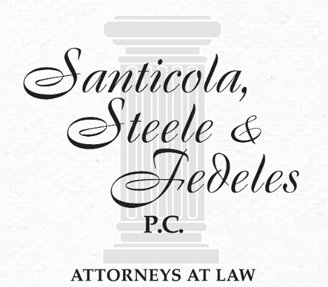Before pulling someone over for a drunk driving stop, police officers need to have a legitimate reason to conduct a stop. This criterion helps to protect citizens from unlawful searches – such as an officer who pulls over every car they see, giving out breath tests and just hoping to find someone who is impaired. Reasonable suspicion is needed to make a stop legal.
This is important because a stop that is carried out without reasonable suspicion may be a violation of a person’s rights. That violation can be used as a reason to suppress evidence – like the results of a breath test – from court. Illegally gathered evidence can’t be used under the Fruit of the Poisonous Tree doctrine.
Potential reasons for legitimate stops
What signs do police officers look for? They could include the following, depending on an officer’s priorities and perceptions:
- Weaving or swerving: Drunk drivers often have difficulty maintaining a straight and steady course, causing them to weave or swerve between lanes.
- Erratic speed: Drunk drivers may drive significantly above or below the speed limit, as they struggle to maintain a consistent speed.
- Tailgating: Impaired drivers may follow other vehicles too closely, risking rear-end collisions.
- Delayed responses: Drivers may react slowly to traffic signals, signs or other vehicles, making abrupt stops or turns.
- Inconsistent braking: Drunk drivers might brake erratically, sometimes too suddenly or too lightly, without apparent reason.
- Drifting: Drivers may drift into other lanes or onto the shoulder of the road without realizing it.
- Driving at night without headlights: Some impaired drivers may forget to turn on their headlights in the dark, making it difficult for them to see the road and for others to see them.
- Wide turns: Drunk drivers may make excessively wide turns or turn with a sharp, jerky motion.
- Straddling lane markings: They might drive with their vehicle straddling the centerline or lane markings.
- Running stop signs and red lights: Impaired drivers may fail to stop at stop signs or run red lights.
- Erratic acceleration: They may accelerate suddenly or without reason, putting themselves and others at risk.
- Driving too slowly: Some drunk drivers may drive significantly below the speed limit because they are trying to compensate for their impairment. This can cause traffic congestion and accidents.
- Erratic use of turn signals: They might forget to use turn signals when changing lanes or turning.
- Overcorrection: When drunk drivers make a mistake, they might overcorrect, swerving excessively to regain control.
- Aggressive behavior: Some drunk drivers may exhibit aggressive behaviors, including road rage.
Remember, these signs themselves do not guarantee that a driver is impaired. There could be another reason for their conduct entirely. But any of these signs can be enough to initiate a traffic stop. Those who are facing charges after being stopped for impaired driving can seek personalized legal guidance at any time to better understand whether their stop was legal and how they can best construct a solid legal defense.
